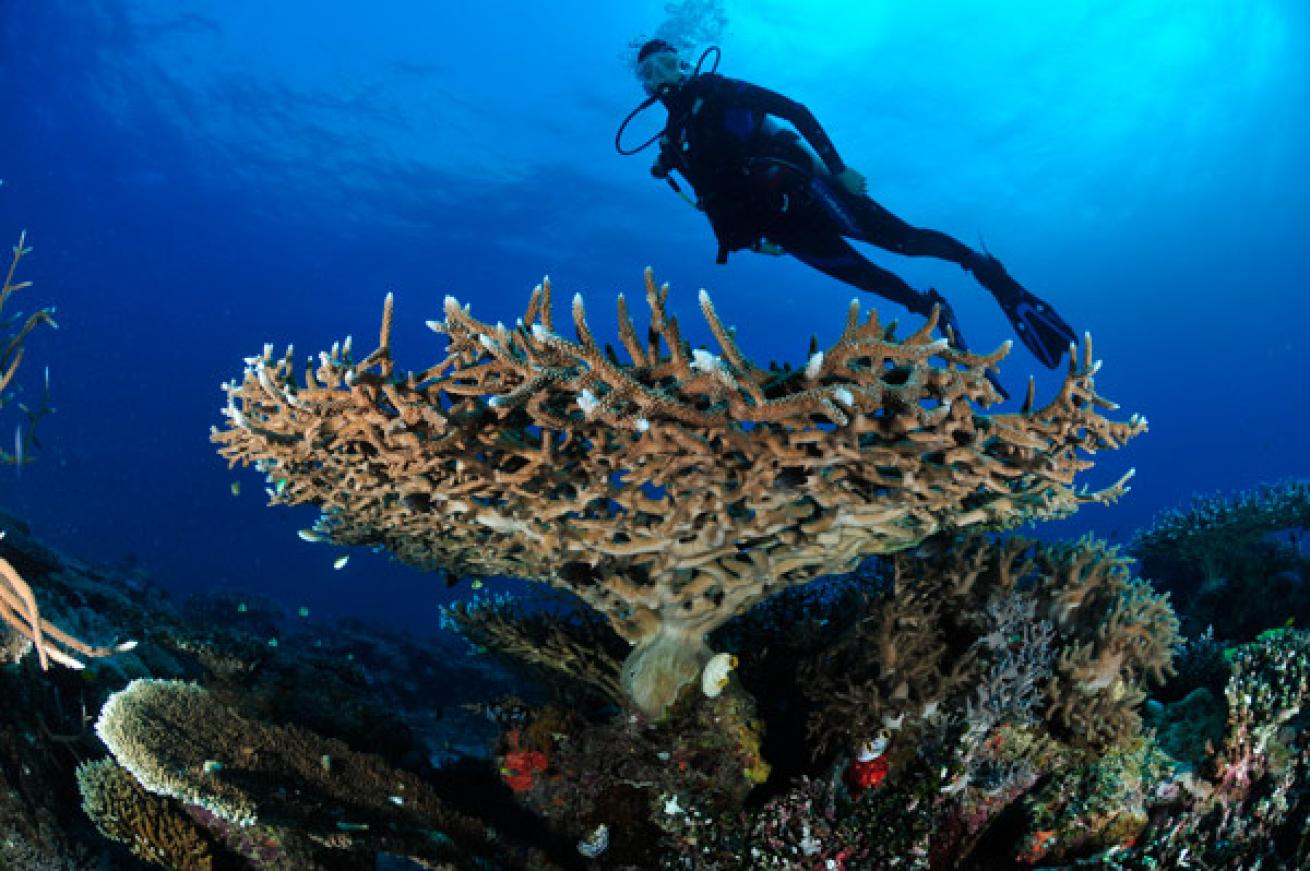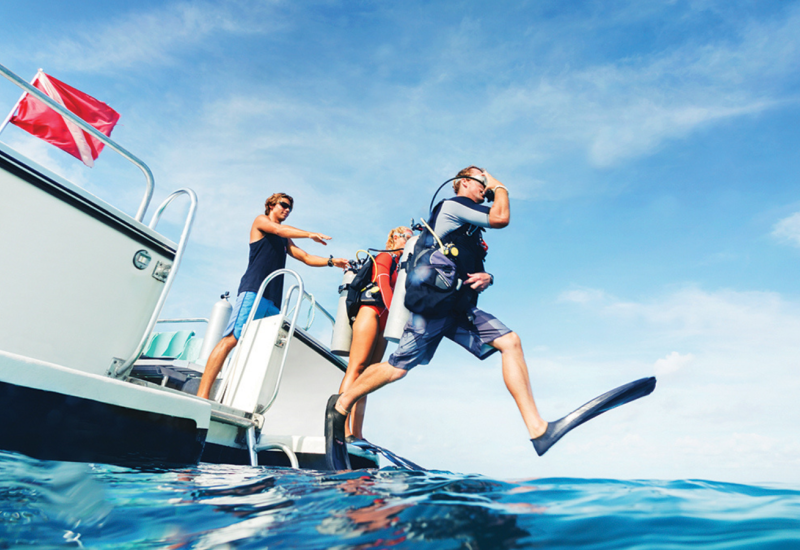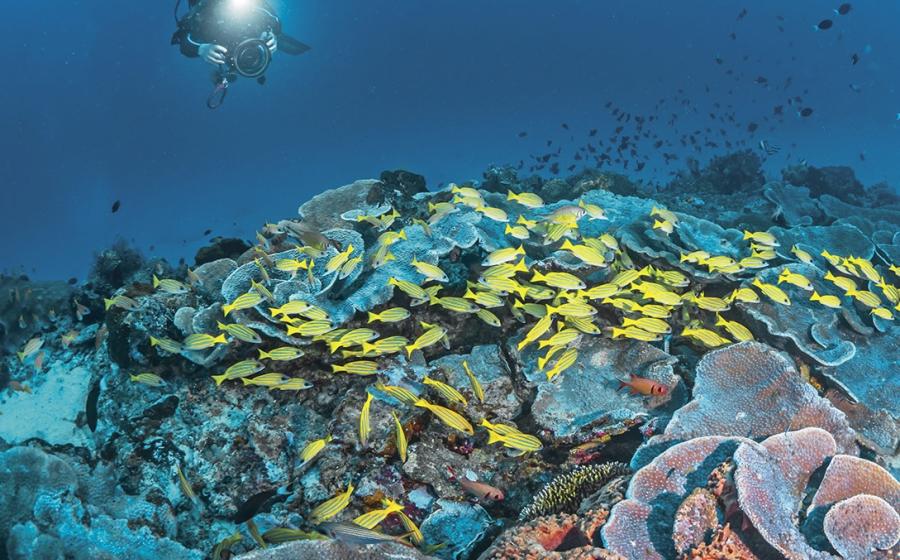5 Easy Navigation Tips

Ever had a tough time finding your way back to the boat or to your shore entry point? It happens to all of us, but if you want to make sure getting back to the boat or beach is as easy as getting in, we've got some great underwater navigation tips.
5 Tips for Easy Underwater Navigation
1. Get Briefed. Good underwater navigation starts before you even get in the water. If you and your buddy are diving independently, get a thorough site description--and a map, if possible--from a local dive shop or other divers at the site. If you're on a chartered dive boat, pay close attention to the divemaster's briefing. He or she can impart valuable information about the site's features, depth range and currents so you and your buddy can create a dive plan. Discuss your profile and the time or air pressure at which you'll turn around, and decide on a basic route.
2. Follow the Leader. One diver should take the lead before you even get in the water. It isn't practical for both divers in a buddy pair to attempt to navigate on a dive. If you're leading, concentrate on the planned path. Your buddy should monitor time, depth and distance.
3. Start at the Beginning. If diving from a boat, enter the water and either surface swim to the mooring or anchor line and descend there, or drop down behind the boat and swim underwater to the mooring or anchor. Always start your dive at the point where the boat connects to the bottom. When diving from the beach, surface swim past the waves to where you plan to make your descent.
4. Make a Note. Whether diving from the beach or the boat, natural navigation starts as soon as your head goes under the water. Note natural references like sand patches, rock formations, pillar corals or brain corals or whatever," advises Andy Phillips, training director for the Utila Dive Centre in Honduras. If you make mental notes of features you can remember, you can use those physical markers to find your way back.
5. Time the Dive. Swim away from your starting point for a predetermined length of time, and then turn around and swim roughly the same length of time back the opposite direction. If there's current, head into it on the way out--in this case, the return trip won't take quite as long. Watch your air consumption as well. It's a good idea to follow the rule of thirds: Use one-third of your air on the way out, one-third on the way back and leave one-third for exploring near the boat and making a safety stop.
For more on underwater navigation, including using a compass, visit Show Me the Way Home.










